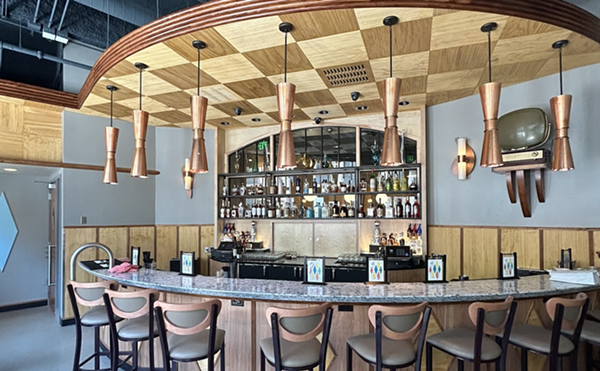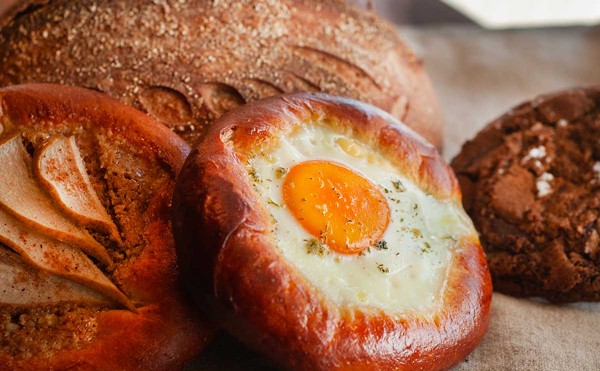Walk into any upscale lounge these days and peruse the drink menu. Where there was once a solid roster of drinks with names like “Manhattan” you’ll instead likely find a “martini menu” filled with some of the most abhorrent drink concoctions since Prohibition — or 12th Grade. You might find a “Key lime pie martini” rimmed with graham crackers, or a margarita poured into a cocktail glass and called a ’rita-tini. You’ll most certainly find martinis named for all brands and flavors of vodka, with franchise liqueurs cluttering the list with trademark symbols. Calling a candied alcohol confection a martini is a sacrilege.
OK, maybe sacrilege is a little dramatic, but at a time when many Americans are re-examining their culinary heritage and options for eating local, our alcoholic history is being lost. Before tini-mania, cocktails were defined by balanced flavors and quality ingredients. It’s hard to believe that young people are willing to wear suits, eat classic fare and even do the jitterbug, but won’t order the kind of bracing cocktails that once spoke to our national character.
Historic hooch
When it comes to classic American cocktails, the granddaddy of them all is the Sazerac. Invented in New Orleans around 1860, the Sazerac is a marriage of bourbon, Peychaud’s bitters, simple syrup and a touch of what was the wildly popular anise drink of the time — absinthe. With easy-to-find bourbon and bitters from the neighborhood apothecary, the Sazerac was a way to “drink local” and artisanal.
For another classic, start with a wicker-clad bottle of maraschino liqueur (mare-uh-SKEE-noh). It’s literally a taste of the past: It’s what cocktail cherries used to taste like before Prohibition outlawed the liquor and the cherries were candied up to their present sweetness. But Maraschino liqueur is a classic boutique object, made from distilling European Marasca cherries with their pits. After a two-year rest in Finnish ash wood that imparts no color, the distillate is then mixed with cane sugar. Out of the bottle it’s clear and a little sweet but also dry and deep with the suggestion of almonds. It’s is best mixed with gin and lemon juice and poured into a chilled cocktail glass to make an “aviation” cocktail. Mixed just right, the aviation will be soft white with ice chips swirling around the surface and might possibly be the best tipple ever fashioned.
Though Prohibition transformed the cherry garnish, it also popularized the strangely drinkable bitter Italian Campari, which remained legal as a medicine while every other alcoholic drink was banned. Certainly an acquired taste — even Italians will tell you that it must be tried at least three times — Campari makes a most convincing apéritif. The soda water-tempered “Americano” is an easy introduction to the bitter liquor’s bite. Hardcore Campari fans will want it mixed with gin and sweet vermouth for the profoundly citrus and herbal thump of a “Negroni.”
Perfect order
Now, don’t try to order a Sazerac or any other or obscure cocktails when the bar is packed two deep. Even if the bartender has the means to make one, at this stage of the evening he’s having a tough time keeping up with orders of light beer. Early, when orders are slow and lemons are being cut, start a dialogue. Get to know him. Find out his specialty. Ask him to squeeze some of those lemons into a glass with whiskey and a touch of simple syrup for a proper sour. Tip well.
There’s no other way. Bars aren’t going to serve a better cocktail until drinkers demand it. It will start small: the girls’ night out table ordering lovely white and frosty “maiden’s prayers” made with just-squeezed citrus, a stylish barfly insisting his milk punch be garnished with a scrape of fresh nutmeg. But soon there will be wicker-clad bottles of Maraschino liqueur within the bartender’s easy reach. And then you’ll know you’re in a joint serious about mixing an honest cocktail.
Todd Abrams is a freelance writer about food and drink. Send comments to [email protected]




